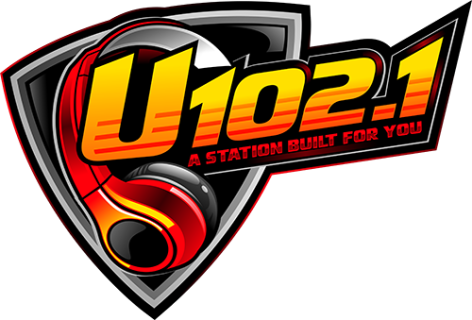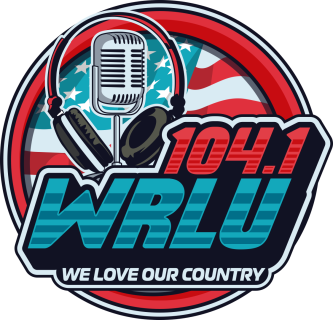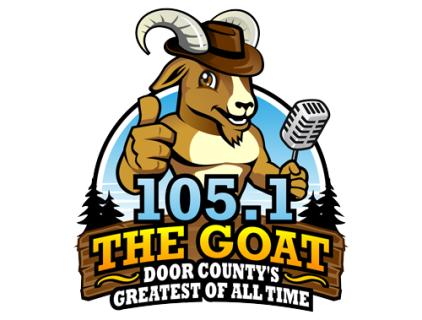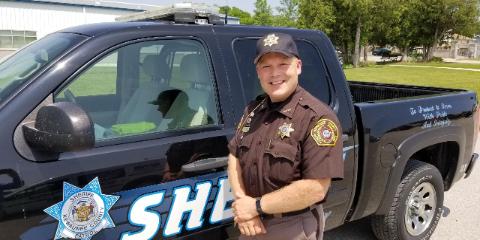As farmers in Door and Kewaunee Counties play catch up in the fields this summer, different kinds of equipment are creating confusion for law enforcement. Implements of husbandry, agricultural commercial motor vehicles, and commercial motor vehicles each play important roles in the agriculture industry while also having their own set of rules operators need to abide by as they hit area roadways. Kewaunee County Sheriff Matt Joski says constant communication with farmers is key.
Joski is happy to see farmers adding better signage and markings on their vehicles as well as more attention to detail when it comes to traveling on area roadways.
FROM SHERIFF MATT JOSKI
As the summer growing season kicks into full gear, we continue to see various types of equipment on the roads in support of the many agricultural operations which go on each and every day. Each specific operation brings with it a unique piece of equipment which may be operating on our roads and subsequently different guidelines and laws which govern that piece of equipment while it is on the roads.
There are three basic categories of equipment which you may see from time to time. The first is an IoH (Implement of Husbandry). This category includes those pieces of equipment we typically associate with agriculture such as tractors, combines, and choppers as well as the equipment they may be connected to such as plows, cultivators, and planters. There are specific laws pertaining to lighting, width, height, and weight which govern these units. One important law related to these pieces of equipment is that unlike other units on the road which you may pass in a no passing zone if they are going less than half the posted speed limit, if you find yourself behind Implements of Husbandry, you are not to pass them when in a no passing zone. Also, these units are exempt from registration so although you may see a slow moving vehicle sign on them, you will not find a license plate.
The next category of equipment is titled AgCMV (Agricultural Commercial Motor Vehicle) which may appear to be a typical commercial vehicle such as a straight truck or tractor trailer combination, but due to the modifications for agricultural use and the purpose in which they are used they too have special exemptions. While they must adhere to the various lighting and width/height limitations, they are exempt from standard registration which you would see in the next category of CMV.
The last category of equipment is that of a CMV (Commercial Motor Vehicle). These units, although being used in pursuit of agricultural business, are treated the same as any other commercial motor vehicle. They must be registered and equipped no different than their counterparts, and those operating them must have proper licensing.
In regards to who can operate various agricultural units on a public roadway, there are some varying factors. For implements of husbandry, they can be operated by any person age 16 or greater, as well as any person 14 years of age or greater that has completed an approved tractor operation safety course. For AgCMV’s the operator must again be 16 years of age and possess a valid Class D Drivers License. For Commercial motor vehicles, the operator must possess a CDL (Commercial Drivers License)
In regards to both registration and licensing of both AgCMV and CMVs, there are further differences which can change the requirements. If a unit is owned by the farm and operated by an employee of that farm in pursuit of that farm’s agricultural operations, then the operator would not need a CDL but rather just a class D license. If that same piece of equipment was hired out to another farm, then those drivers would then need a CDL. This is also the circumstances surrounding registration of AgCMVs.
In all matters pertaining to the rules of the road, all of these units must adhere to all of them. This includes abiding by speed limits and stopping and yielding right of way at controlled intersections. The only exemption is for IoH which may occupy more than their lane of traffic. These units due to their width may cross the centerline, however must still yield that lane for oncoming traffic.
It is easy to see how this can become confusing even for those of us who work in the law enforcement profession, and we are very fortunate to have our partners in the State Patrol Motor Carrier Division who assist us in enforcement here in Kewaunee County. If you have questions regarding the various rules and restrictions related to the operation of such equipment below is a great link to learn more. https://wisconsindot.gov/Pages/dmv/agri-eq-veh/ag-cmv.aspx






